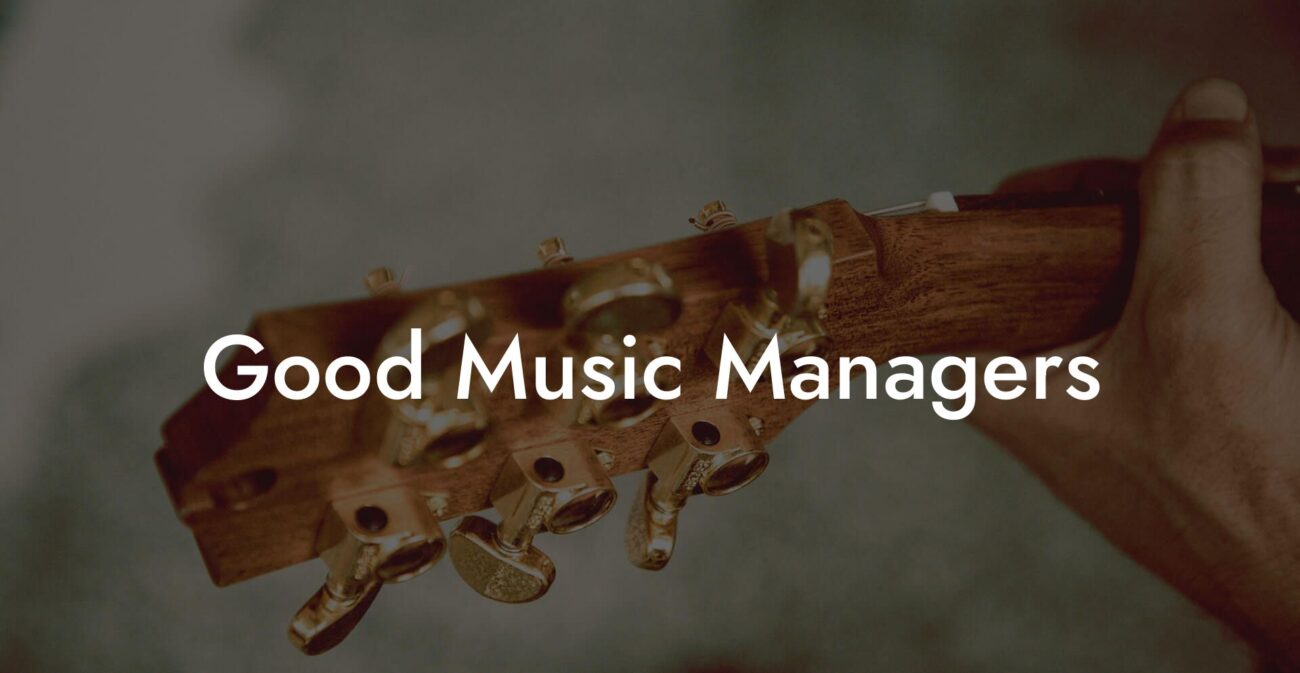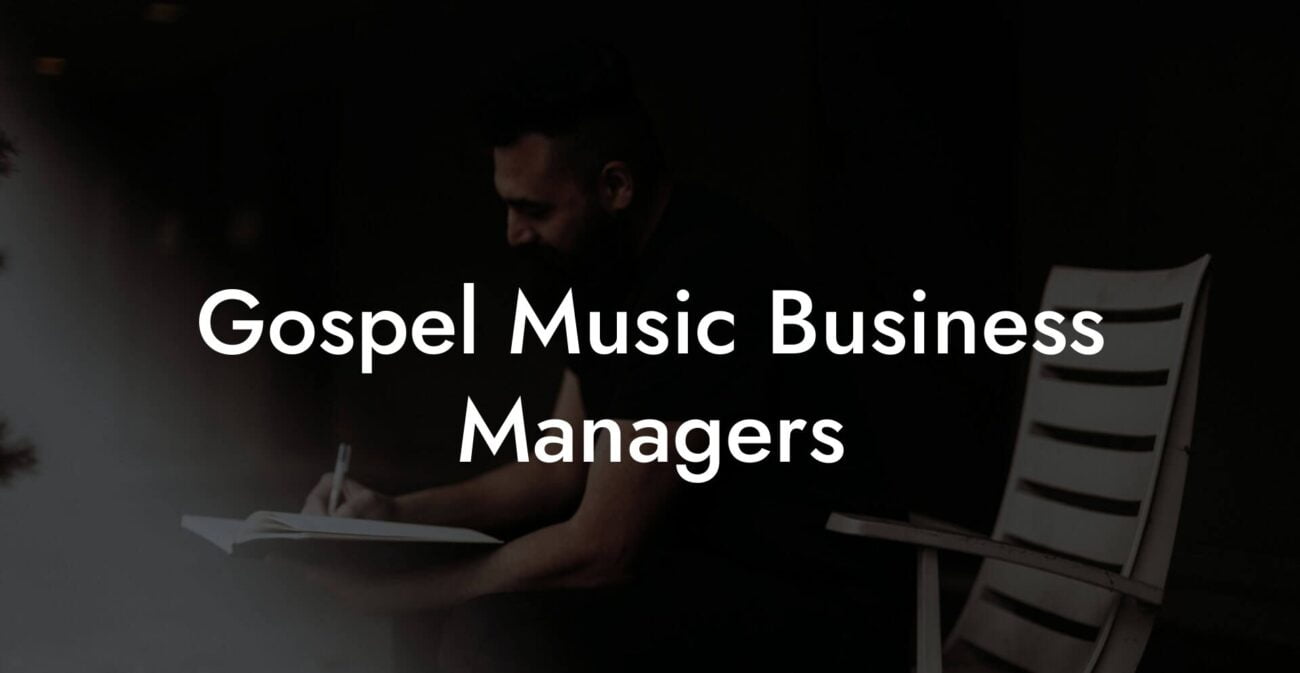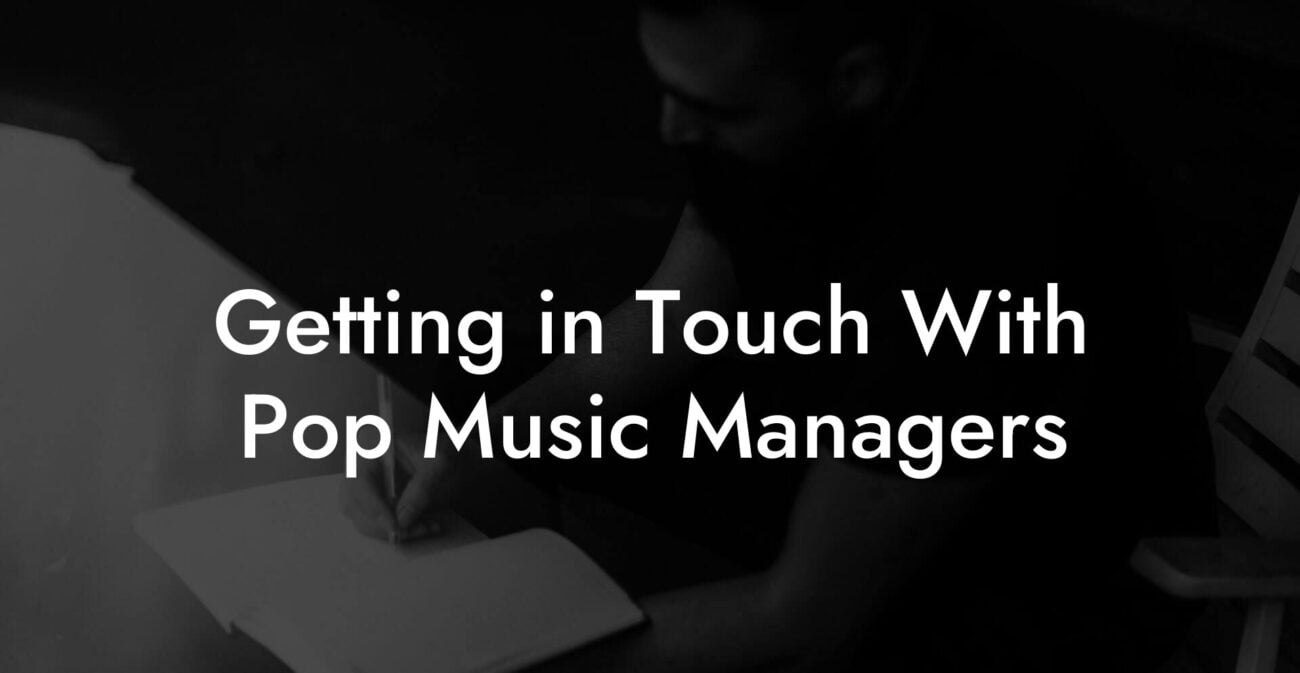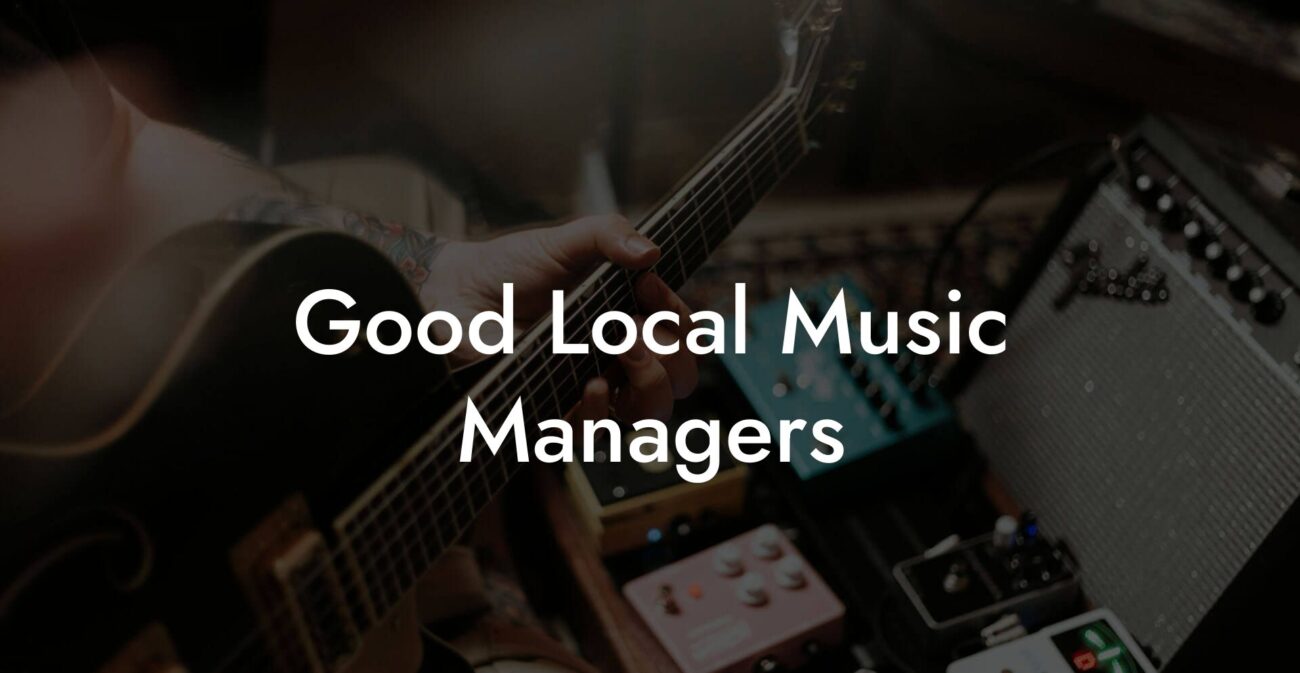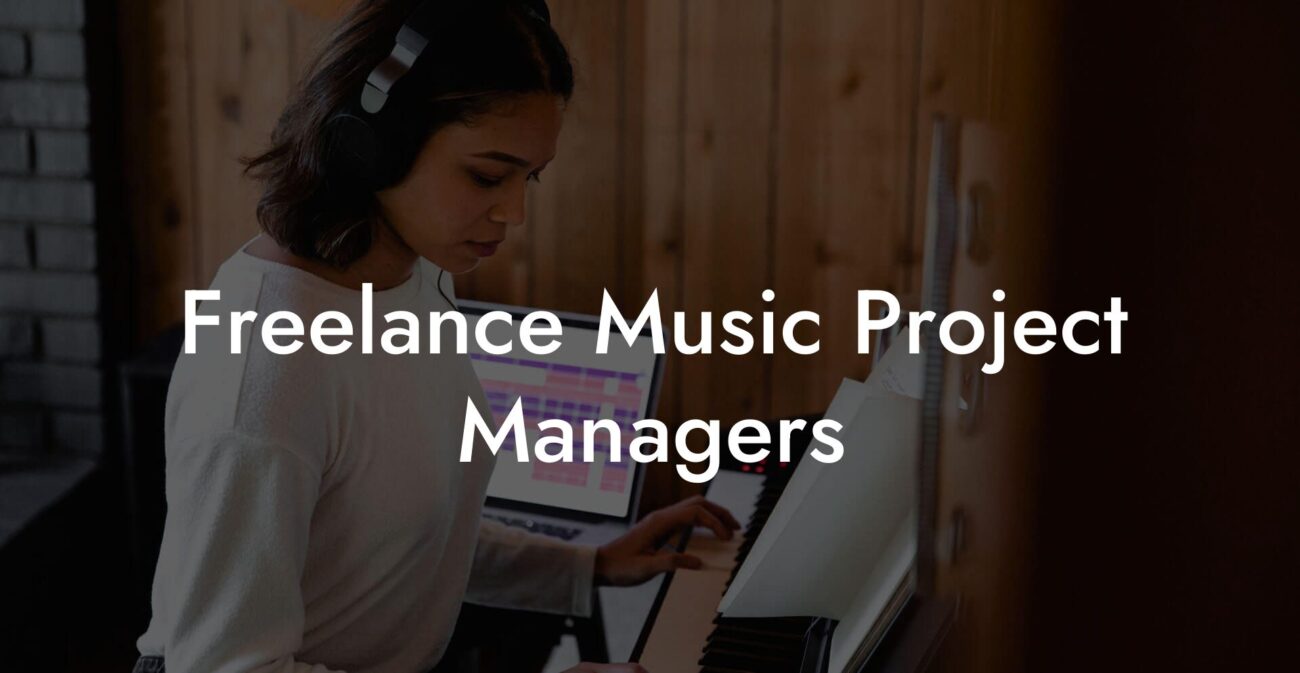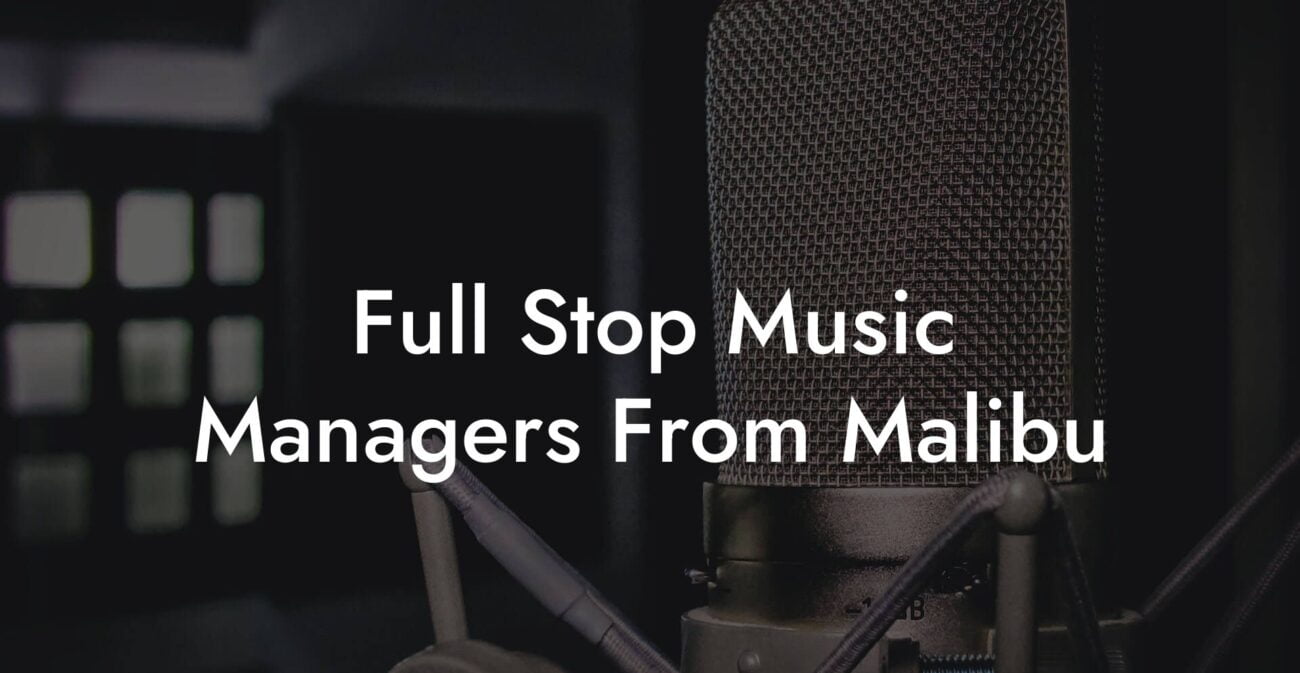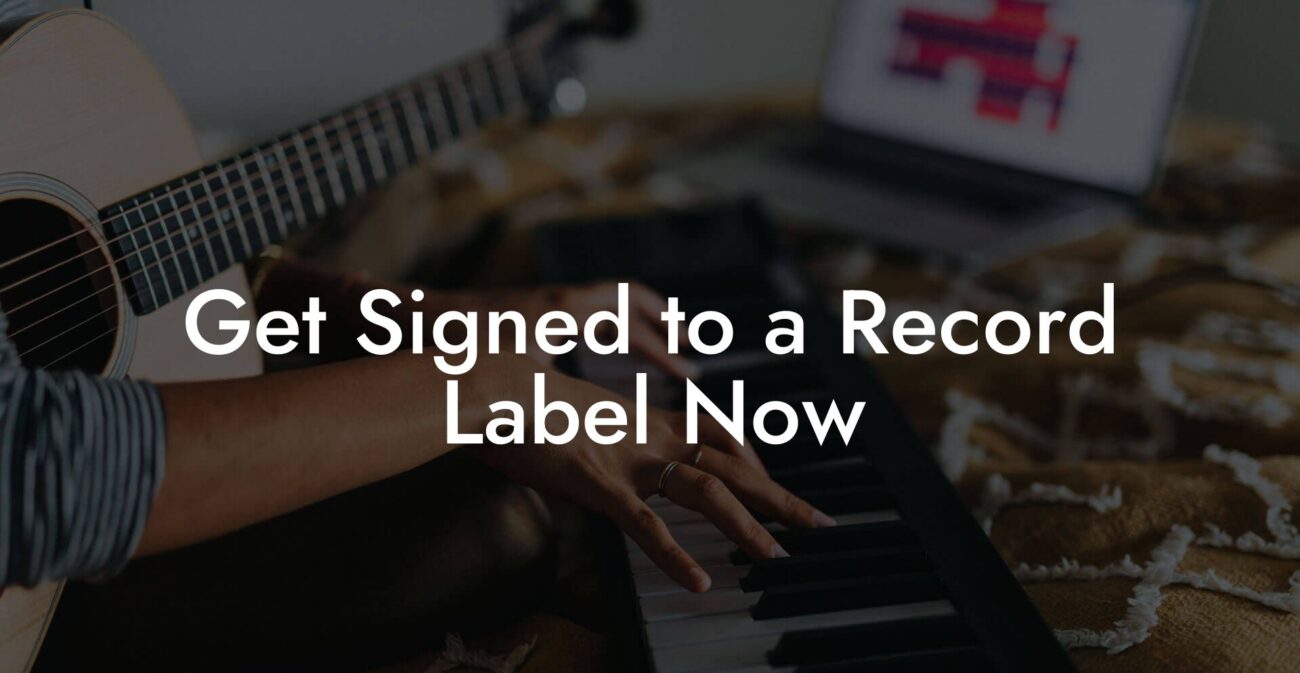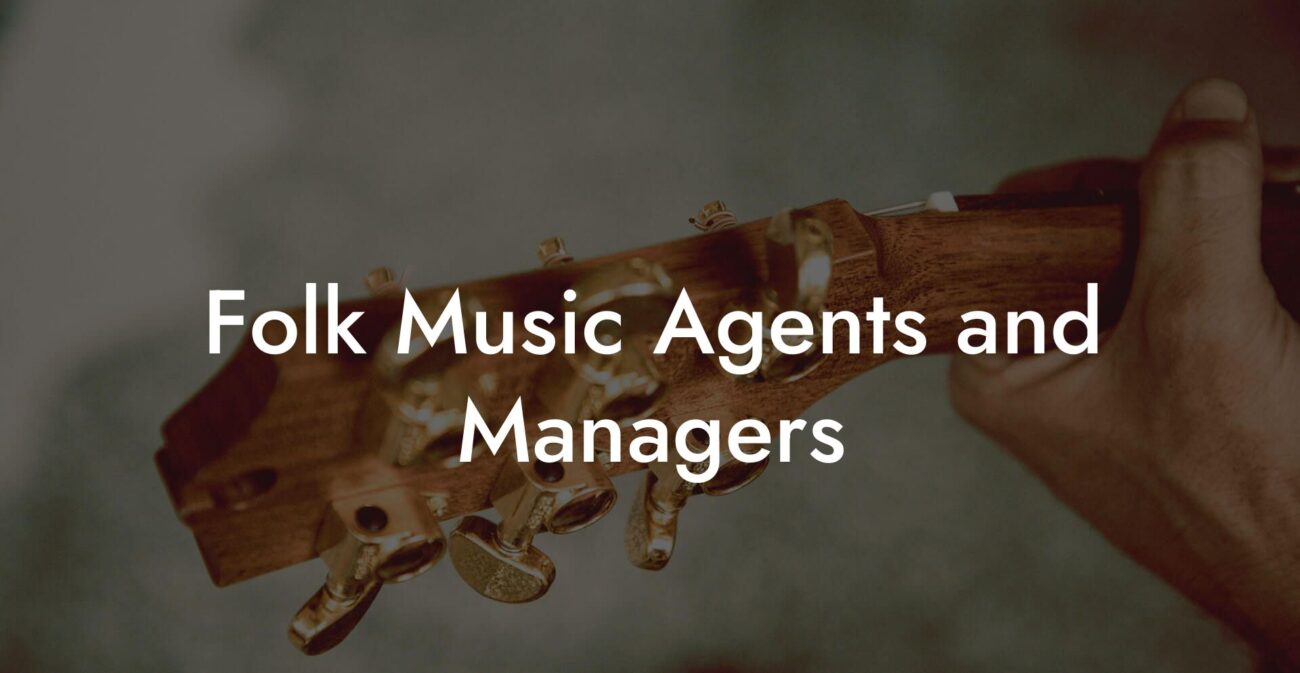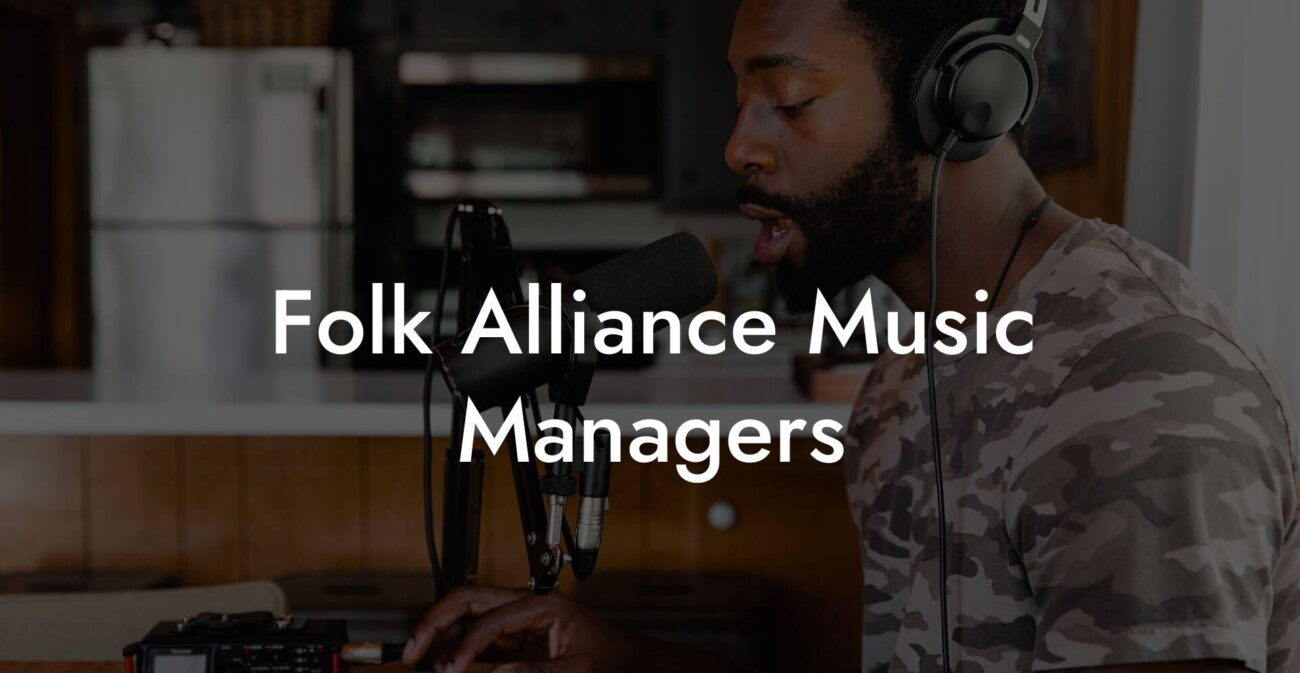Songwriting Advice
How You Can Use Leaf Blower Sounds to Produce Music
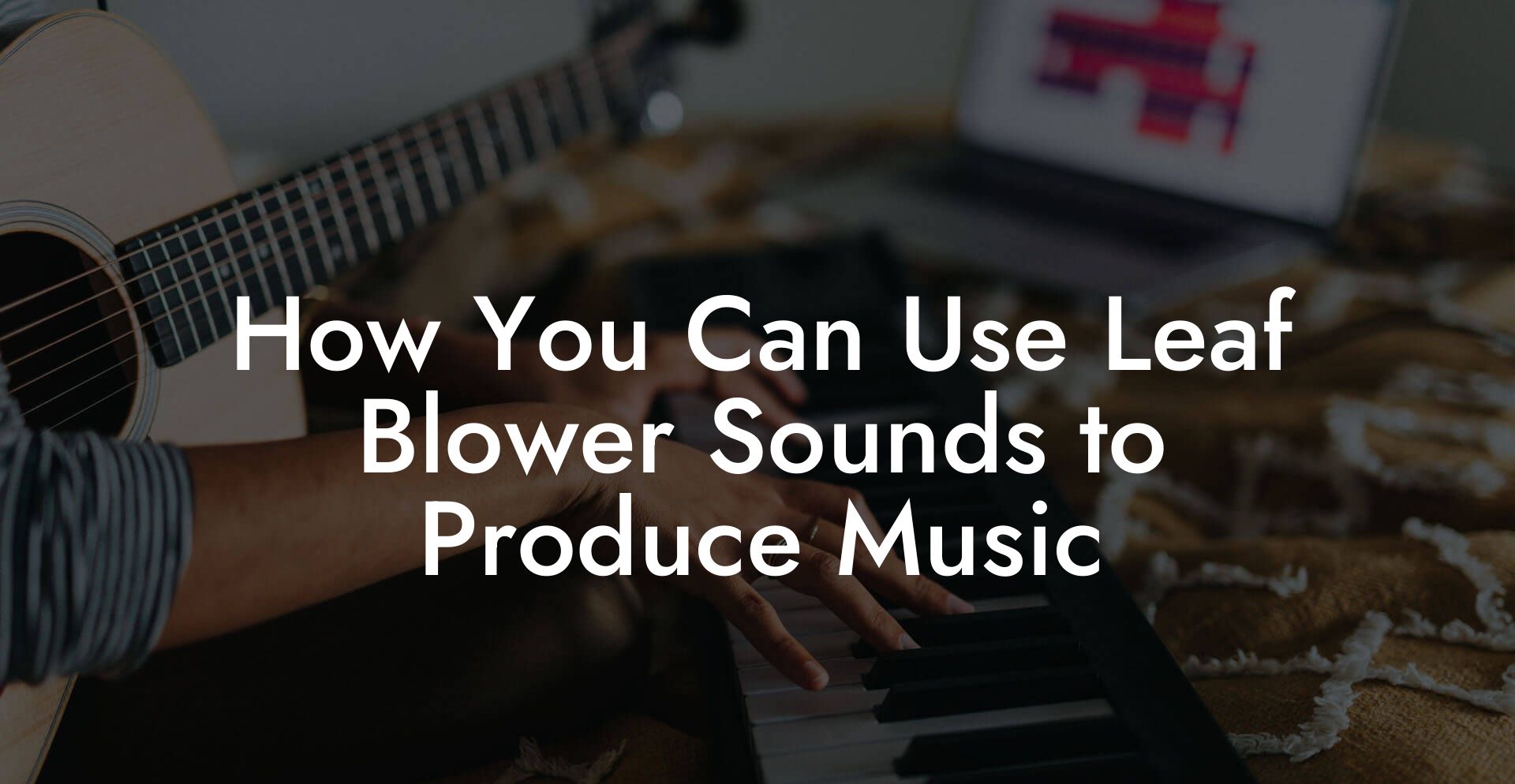
In an era where creativity knows no bounds, the unconventional has become the new norm. Enter the world of leaf blowers - not just garden tools but potential musical instruments! This article delves into the intriguing concept of using leaf blower sounds to produce music. It's a fusion of the everyday and the extraordinary, a blend that promises to be as entertaining as it is innovative.
Quick Interruption: Ever wondered how huge artists end up fighting for their own songs? The answer is in the fine print. Learn the lines that protect you. Own your masters. Keep royalties. Keep playing shows without moving back in with Mom. Find out more →
Quick Interruption: Ever wondered how huge artists end up fighting for their own songs? The answer is in the fine print. Learn the lines that protect you. Own your masters. Keep royalties. Keep playing shows without moving back in with Mom. Find out more →
Quick Links to Useful Sections
- The Unlikely Muse: Leaf Blowers in Music
- The Sound Spectrum
- Historical Precedents
- Crafting Your Leaf Blower Symphony
- Recording Techniques
- Sound Editing and Mixing
- Integration with Traditional Instruments
- The Creative Process: Turning Noise into Notes
- Finding Rhythm and Melody
- Experimentation is Key
- Collaboration and Feedback
- Leaf Blower Music in Action
- Notable Examples
- Performance and Recording
- Overcoming Challenges
- Noise Control and Safety
- Technical Hurdles
- Conclusion: The Future of Leaf Blower Music
- Join the Movement
- Frequently Asked Questions
The Unlikely Muse: Leaf Blowers in Music
The Sound Spectrum
Leaf blowers are typically associated with garden maintenance, but their sound spectrum is a treasure trove for the musically adventurous. These machines produce a range of sounds, from low rumbles to high-pitched whirs, offering a unique palette for musical creation.
Historical Precedents
The idea of using everyday sounds in music is not new. Pioneers like Luigi Russolo and Pierre Schaeffer paved the way with their explorations in musique concrète, where natural sounds were incorporated into compositions. Leaf blower music can be seen as a continuation of this avant-garde tradition.
Crafting Your Leaf Blower Symphony
Recording Techniques
The first step is capturing the leaf blower's sound. Quality recording equipment is key. Use directional microphones to isolate sounds and experiment with different distances and angles to capture a variety of tones.
Sound Editing and Mixing
Once recorded, these sounds can be manipulated using audio editing software. Speed them up, slow them down, or layer them to create rhythm and melody. The possibilities are only limited by your imagination.
Integration with Traditional Instruments
For a truly eclectic mix, consider integrating leaf blower sounds with traditional musical instruments. This juxtaposition can create a fascinating auditory landscape that challenges conventional music norms.
The Creative Process: Turning Noise into Notes
Finding Rhythm and Melody
Listen closely to the leaf blower's hum. Does it have a natural rhythm? Can you discern a melody? Sometimes, the music is already there – it just needs to be discovered.
Experimentation is Key
Don't be afraid to experiment. Try different settings on your leaf blower, from idle hums to full power blasts. Each setting offers a distinct sound character.
Collaboration and Feedback
Collaborate with other musicians or sound artists. They can offer fresh perspectives on how to integrate these sounds into a cohesive musical piece. Feedback is invaluable in the creative process.
Leaf Blower Music in Action
Notable Examples
There are artists and musicians who have already started experimenting with this concept. Look for online communities or local workshops where you can share ideas and learn from others.
Performance and Recording
Think about how you'll present your leaf blower music. Will it be a live performance piece, or are you aiming for a studio recording? Each setting offers different challenges and opportunities.
Overcoming Challenges
Noise Control and Safety
Leaf blowers are loud, and prolonged exposure can be harmful. Always use ear protection during recording and performance. Be mindful of your surroundings and the noise levels you're generating.
Technical Hurdles
Working with unconventional sound sources means facing technical challenges. Be patient and persistent. Sometimes, the most significant breakthroughs come from overcoming these hurdles.
Conclusion: The Future of Leaf Blower Music
Leaf blower music is more than a novelty; it's a testament to human creativity and our ability to find music in the most unexpected places. As we continue to explore the boundaries of sound and music, who knows what other everyday sounds will find their way into our musical lexicon?
Join the Movement
Are you inspired to start your own leaf blower music journey? Why not hire a top-quality leaf blower from Leaf Blower Hire UK to kickstart your creative process? Their range of equipment is suited for all your musical experiments. Remember, in the world of music, there are no limits – only possibilities waiting to be explored. Let the symphony of leaf blowers begin!
Frequently Asked Questions
Is it really possible to use leaf blower sounds in music production?
Yes, it is possible to incorporate leaf blower sounds into music production. Similar to other objects or field recordings that are used for their unique textures and rhythms, leaf blower sounds can provide interesting auditory elements that can be creatively implemented into musical compositions.
What genres of music are most suitable for integrating leaf blower sounds?
While there are no strict rules, genres like experimental music, sound art, ambient, and certain sub-genres of electronic music are more conducive to integrating unconventional sounds such as those produced by leaf blowers. That said, creative producers can find ways to include these sounds in a broad range of musical styles.
How do I record leaf blower sounds effectively for music production?
To record leaf blower sounds, you will need a good quality microphone, a portable recorder, and a suitable outdoor environment. Ensure that the recording levels are properly set to avoid clipping and distortion. It may also be helpful to capture multiple recordings at different distances and angles for a variety of sonic options.
What equipment is required to process and manipulate leaf blower sounds?
You will need a computer with a digital audio workstation (DAW), which includes tools for editing, processing, and manipulating recordings. Additional software, such as VST plugins or audio effect processors, can also enhance and transform the captured leaf blower sounds into usable musical elements.
Can I use leaf blower sounds as is, or do they need to be processed?
Both approaches are valid. Leaf blower sounds can be used in their raw form to preserve their natural texture, or they can be processed with effects like reverb, delay, pitch shifting, and filtering to create new and interesting sounds that fit your musical context.
Are there any legal issues involved with using leaf blower sounds in music?
If you record the sounds yourself, generally you will own the rights to use them in your music. However, if you're using samples from another source, make sure to check the copyright and licensing terms to avoid potential legal issues.
How can I fit leaf blower sounds musically into a track?
Leaf blower sounds can be rhythmically or harmonically matched to a track. They can be used as percussive elements, atmospheric backgrounds, or melodic components if pitched correctly. Timing adjustments and careful placement in the mix are key for a seamless integration.
What techniques are used by producers to make leaf blower sounds musical?
Producers may use sampling, looping, effects processing, and pitch manipulation to turn leaf blower sounds into rhythmic loops, textured layers, or melodic lines within their music.
Can I collaborate with other musicians using leaf blower sounds?
Absolutely! Collaboration can foster even more creativity, allowing different artists to bring their unique perspectives to the project. Sharing your leaf blower sound samples or musical ideas can lead to innovative tracks.
Is there a community or forum where I can share my leaf blower music?
Yes, there are online communities and forums for experimental musicians and sound designers, such as Gearslutz, Muff Wiggler, or the subreddit r/WeAreTheMusicMakers, where you can share and discuss your work that incorporates leaf blower sounds.
How do I make sure the leaf blower sound doesn't overpower other elements in my mix?
Good mixing practices are essential. This includes using EQ to carve out space for each sound, adjusting levels properly, and employing side-chain compression if needed to prevent the leaf blower sound from dominating the mix.
Can leaf blower sounds be used in live performances?
Yes, leaf blower sounds can be triggered and manipulated in real-time using samplers or software, allowing them to be integrated into live performances.
How can I pitch-correct leaf blower sounds to fit a specific key or scale?
This can be done using pitch correction software or the pitch shifting tool within your DAW. Fine-tuning will ensure the leaf blower sound harmonizes with the rest of your musical elements.
What benefits can adding leaf blower sounds bring to my music?
Adding leaf blower sounds can bring a unique character and sonic diversity to your music. It can attract listeners looking for innovative and interesting sounds and help you stand out as a producer.
Do leaf blower sounds work well with other natural or industrial sounds in music?
Yes, when thoughtfully arranged and mixed, leaf blower sounds can blend well with other natural or industrial sounds to create rich soundscapes and textures in music.
Can using leaf blower sounds in music be seen as a form of recycling or environmental art?
Using everyday sounds, including those of leaf blowers, is a way of repurposing or 'upcycling' sounds which aligns with the principles of recycling and can be considered a form of environmental art. It also brings attention to the noises that are often overlooked in our day-to-day environment.
How do listeners generally respond to music that includes leaf blower sounds?
Responses can vary, as some listeners may find it innovative and interesting while others may consider it unconventional or distracting. However, the reception largely depends on the context and creativity with which the sounds are incorporated.
How do I get a balanced stereo image when using leaf blower sounds?
Create a balanced stereo image by panning different takes of leaf blower sounds, considering the use of stereo widening effects, and ensuring there is a good contrast between the leaf blower sounds and other elements in your mix.
What safety considerations should I take into account when recording leaf blower sounds?
Ensure you are at a safe distance from operating machinery, wear hearing protection if necessary, and make sure you have the property owner's permission if you are recording on private land.
Is there copyright on leaf blower sounds, and how do I navigate that for my music?
The sounds of a leaf blower captured by you in a public place typically don't have copyright restrictions. However, be cautious with samples that might come from commercial sound libraries or other copyrighted sources and ensure you have the appropriate licenses for use in your compositions.
Are there any historical precedents for the use of unconventional sounds like leaf blowers in music?
Yes, the use of unconventional sounds in music has a long tradition, dating back to early 20th-century movements like Futurism and Dada, and continuing through musique concrète and the experimental works of modern electronic and avant-garde composers.


